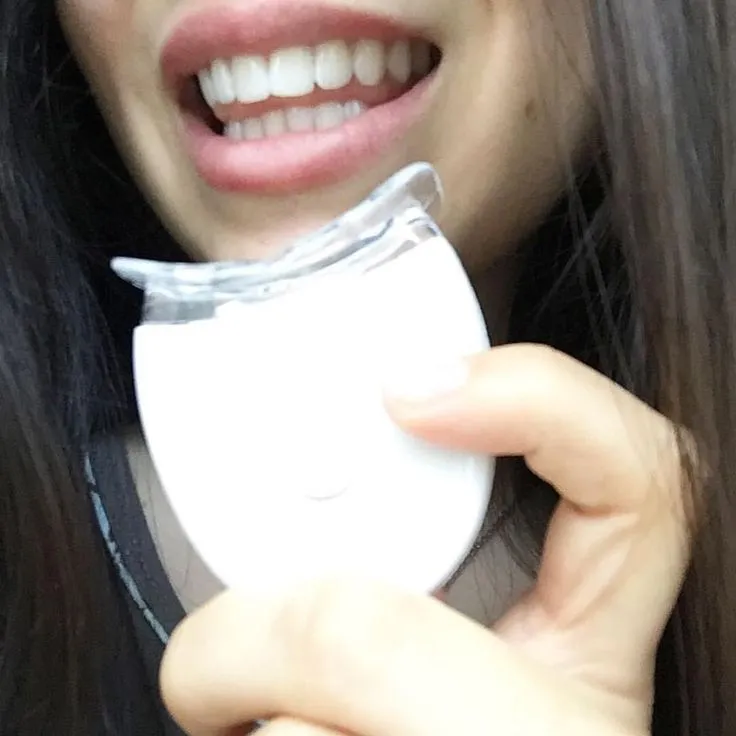Understanding Smiles Whitening
A dazzling smile is a powerful asset, boosting confidence and making a lasting impression. Smiles whitening is the process of lightening the color of your teeth, improving their appearance, and giving you the confidence to show off your pearly whites. This guide will provide you with comprehensive information on teeth whitening, from understanding the different methods available to maintaining your bright, beautiful smile. Whether you’re considering professional treatments or exploring at-home options, this guide will empower you to make informed decisions and achieve the smile you’ve always dreamed of. Let’s dive in and discover the secrets to a radiant smile!
What is Teeth Whitening?
Teeth whitening, also known as bleaching, is a cosmetic dental procedure designed to lighten the shade of your teeth. Over time, teeth can become stained and discolored due to various factors like the foods and drinks we consume, our habits (such as smoking), and the natural aging process. The goal of teeth whitening is to remove these stains and restore a brighter, more youthful appearance to your smile. The process typically involves using bleaching agents, such as hydrogen peroxide or carbamide peroxide, to break down the stains and lighten the enamel. The effectiveness of the procedure can vary depending on the type of stains, the whitening method used, and individual factors like the natural shade of your teeth.
Types of Teeth Whitening Methods
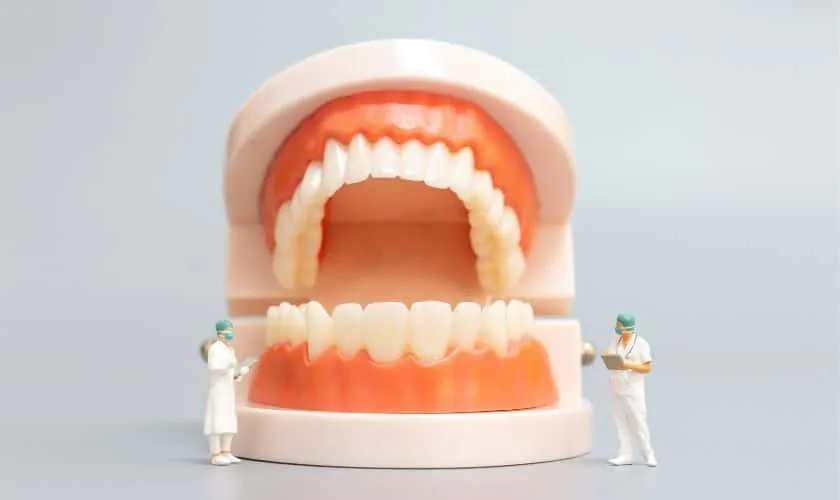
There are numerous teeth whitening methods available, each with its own set of advantages and considerations. These methods generally fall into two main categories professional treatments performed by a dentist and at-home whitening kits. Professional whitening often yields faster and more dramatic results, as dentists have access to stronger bleaching agents and can closely monitor the process. At-home kits provide convenience and affordability but may require more time to achieve the desired results. It’s essential to understand the different options and choose the one that best aligns with your needs and preferences. Factors to consider include your budget, the severity of your stains, and your willingness to commit to the treatment timeline.
Professional Whitening vs. At-Home Kits
The choice between professional whitening and at-home kits depends on your individual circumstances and goals. Professional whitening, performed by a dentist, typically involves a higher concentration of bleaching agents and can lighten your teeth several shades in a single session. Dentists can also address specific concerns, such as tooth sensitivity, and provide customized treatments tailored to your needs. At-home kits, on the other hand, offer a more budget-friendly and convenient option. These kits usually include whitening strips, trays, or toothpastes with lower concentrations of bleaching agents. While at-home kits may take longer to produce results, they can still be effective for mild to moderate staining. The key is to weigh the pros and cons of each option and choose the one that best suits your lifestyle and desired outcome. (Image: types-of-teeth-whitening.webp)
At-Home Smiles Whitening Guide
At-home whitening offers a convenient and affordable way to brighten your smile. Various products are available, including whitening toothpaste, strips, and trays. Before starting any at-home whitening treatment, consult with your dentist to ensure it’s safe and appropriate for your teeth. They can also offer personalized recommendations based on your oral health and the severity of your staining. Following the product instructions carefully is crucial to achieve optimal results and minimize the risk of side effects. Consistency is key; regular use of the chosen product is necessary to see noticeable improvements in your teeth’s shade. Let’s explore the different options available.
Choosing the Right Whitening Product

Selecting the right at-home whitening product can be overwhelming, given the variety available. Consider your individual needs, budget, and preferences. Whitening toothpastes are a great starting point for daily maintenance, while strips and trays offer more concentrated whitening action. When choosing a product, look for options with proven active ingredients like hydrogen peroxide or carbamide peroxide. Be sure to read reviews and compare products to find the best fit for your needs. Also, consider the ease of use, the treatment duration, and any potential side effects, such as tooth sensitivity. Always consult your dentist for recommendations.
Smiles Whitening Toothpaste
Whitening toothpastes are a gentle and accessible option for enhancing your smile. These toothpastes typically contain mild abrasives or chemical agents that help remove surface stains. While they won’t dramatically change the color of your teeth, they can effectively remove stains caused by coffee, tea, and other foods. The key is to use a whitening toothpaste consistently as part of your daily oral hygiene routine. Look for toothpastes containing ingredients like hydrated silica or sodium pyrophosphate. Be mindful of the potential for increased tooth sensitivity with some whitening toothpastes. (Image: teeth-whitening-toothpaste.webp)
Whitening Strips
Whitening strips are a popular and convenient way to whiten your teeth at home. These thin, flexible strips are coated with a bleaching agent, usually hydrogen peroxide. Applying the strips to your teeth for a set amount of time each day allows the bleaching agent to penetrate the enamel and lighten the underlying dentin. Whitening strips offer noticeable results in a matter of weeks. Follow the product instructions carefully to ensure proper application and avoid any potential irritation to your gums. Strips are generally easy to use and can be incorporated into your daily routine without much disruption. (Image: teeth-whitening-strips.webp)
Whitening Trays
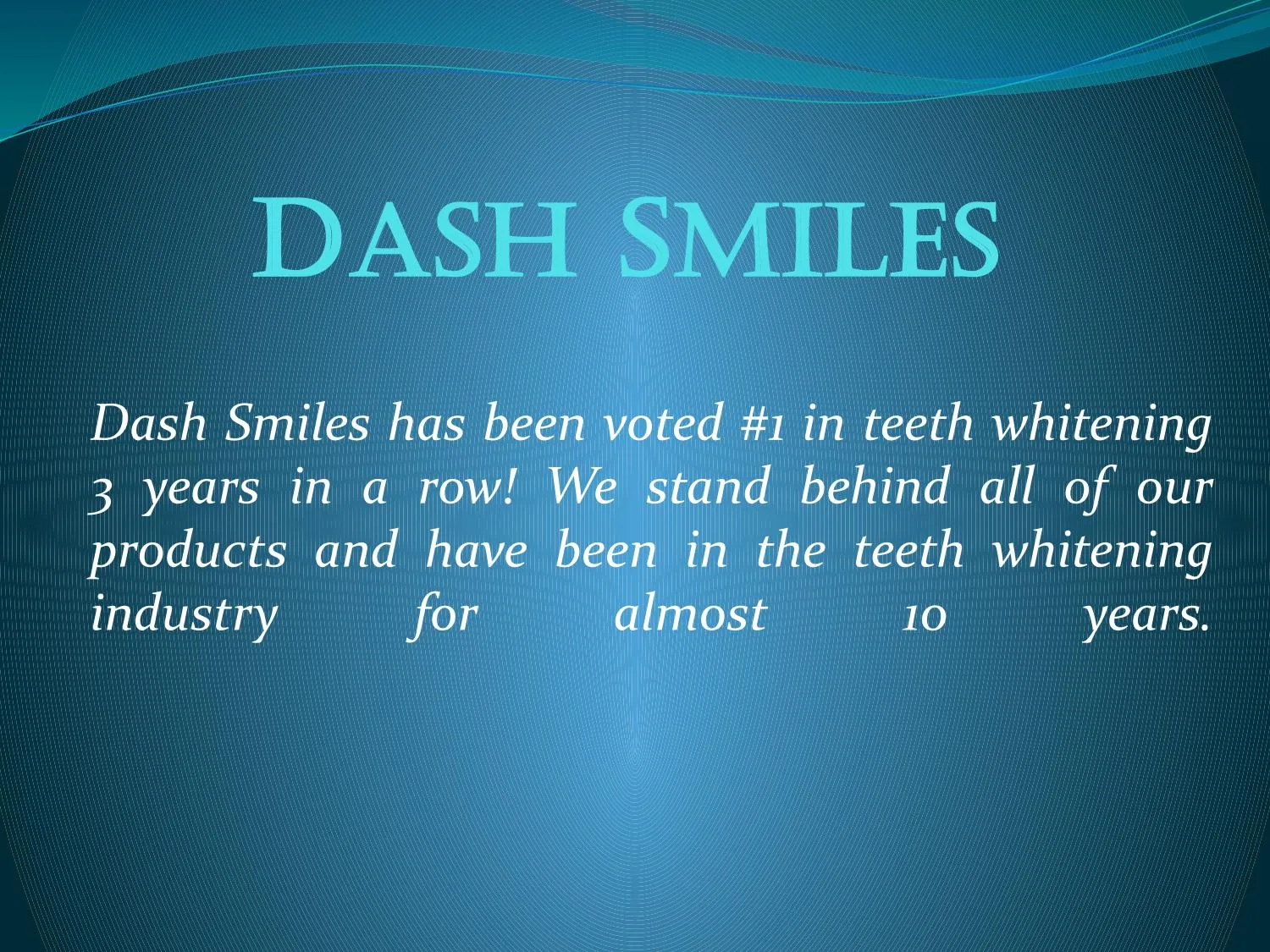
Whitening trays provide a more customized and controlled whitening experience. You can get custom-fitted trays from your dentist or purchase pre-formed trays at the store. Custom trays offer a more precise fit and minimize the risk of the bleaching agent coming into contact with your gums. With trays, you apply a whitening gel to the tray and wear it for a specified amount of time each day. Whitening trays are a versatile option, allowing you to target specific teeth and control the intensity of the whitening process. This method provides more flexibility and allows you to control the concentration of the bleaching agent, as well as the duration of each treatment. (Image: teeth-whitening-trays.webp)
Step-by-Step Application Guide
Proper application is key to successful at-home whitening. Before starting, brush your teeth thoroughly. If using strips, apply them to your teeth, ensuring they cover the front surfaces. For trays, apply the whitening gel to the tray and insert it into your mouth. Follow the product’s instructions regarding the duration and frequency of use. Avoid eating, drinking, or smoking during the treatment period. After the treatment time, remove the strips or trays and rinse your mouth. It’s important to be consistent with the application to achieve the desired results. Keep in mind that patience is required, as it may take a few weeks to see significant changes in the shade of your teeth.
Smiles Whitening Tips for Best Results
To maximize the effectiveness of your whitening efforts, incorporate these tips into your routine. Brush and floss your teeth regularly to remove surface stains and promote good oral health. Limit your intake of stain-causing foods and drinks, such as coffee, tea, red wine, and berries. Consider using a straw to minimize contact between these beverages and your teeth. Avoid smoking, as it can severely stain your teeth and hinder the whitening process. Regular dental check-ups and cleanings are also essential for maintaining a healthy and bright smile.
Maintaining Your White Smile

Maintaining your newly whitened smile requires consistent care and attention. Regular dental check-ups and cleanings are essential for removing any new stains and maintaining your oral health. Avoid or limit consumption of foods and drinks that can stain your teeth, such as coffee, tea, red wine, and dark-colored berries. Consider using a whitening toothpaste or mouthwash to help maintain your bright smile. If you smoke, quitting is crucial to prevent staining and maintain the results of your whitening treatment.
Dietary Considerations
Your diet plays a significant role in the longevity of your white smile. Certain foods and drinks are notorious for staining teeth. Minimize your consumption of coffee, tea, red wine, and dark-colored sodas. Be cautious of highly pigmented foods, such as berries, soy sauce, and curries. Consider using a straw to drink staining beverages, which helps minimize their contact with your teeth. Incorporate foods that naturally help clean your teeth, such as apples and celery. Following a balanced diet that prioritizes oral health is essential for maintaining a bright smile. (Image: teeth-whitening-diet.webp)
Oral Hygiene Practices
Maintaining good oral hygiene is crucial for keeping your teeth white and healthy. Brush your teeth at least twice a day for two minutes each time, using a fluoride toothpaste. Floss daily to remove plaque and food particles from between your teeth, where your toothbrush can’t reach. Consider using an antibacterial mouthwash to further reduce bacteria and freshen your breath. Regular dental check-ups and professional cleanings are essential for preventing and addressing any oral health issues. Proper oral hygiene is the cornerstone of a bright, healthy smile.
Common Mistakes to Avoid
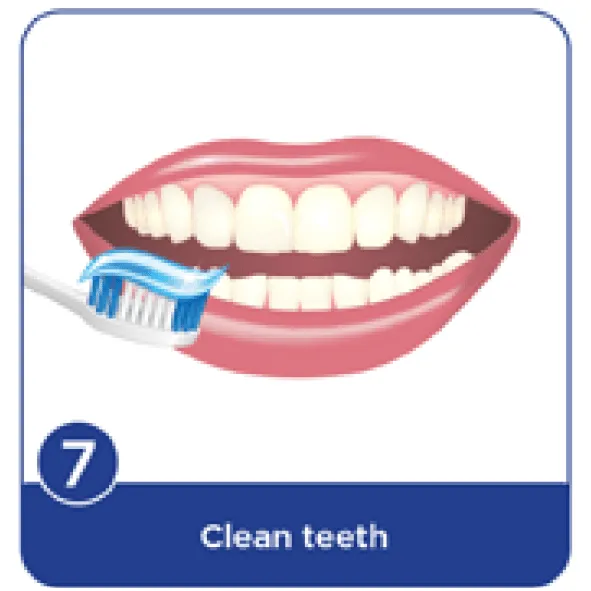
To ensure the safety and effectiveness of your whitening journey, avoid these common mistakes. Never overuse whitening products, as this can lead to tooth sensitivity and damage. Always follow the product’s instructions carefully. Don’t ignore any discomfort or sensitivity you experience, and consult with your dentist if needed. Be realistic about the results; not everyone will achieve the same level of whiteness. Remember that teeth whitening is a cosmetic procedure, and individual results vary depending on the type of stains and the chosen method. Consulting with your dentist can help you avoid these pitfalls.
Over-Whitening
Over-whitening can lead to a number of problems, including tooth sensitivity, gum irritation, and even damage to the enamel. It’s crucial to follow the product’s instructions and not exceed the recommended treatment duration. If you experience any increased sensitivity or discomfort, stop using the product and consult with your dentist. Over-whitening can also result in an unnatural-looking white shade. Always prioritize the health of your teeth and gums over achieving a significantly brighter shade. (Image: teeth-whitening-sensitivity.webp)
Ignoring Sensitivity
Tooth sensitivity is a common side effect of teeth whitening. If you experience sensitivity, consider using a toothpaste designed for sensitive teeth. You can also reduce the frequency or duration of your whitening treatments. If the sensitivity persists or worsens, stop using the product and consult with your dentist. Ignoring sensitivity can lead to more significant problems. Your dentist can help you determine the cause of your sensitivity and recommend the best course of action to manage it.
Realistic Expectations
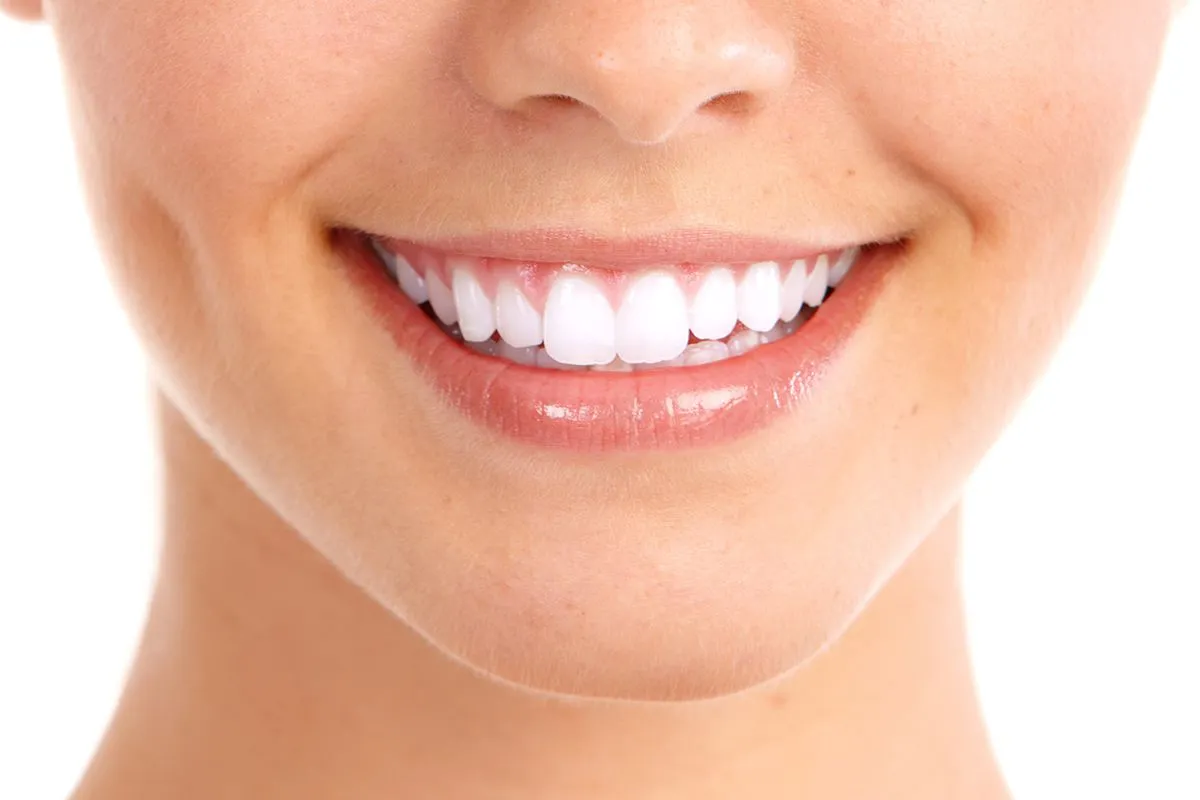
It’s important to have realistic expectations about teeth whitening. While it can significantly improve the appearance of your smile, it’s not a permanent solution. The results will vary depending on the method used, the severity of the stains, and individual factors. Teeth whitening can effectively remove stains and brighten your teeth, but it cannot change the natural color of your teeth. It’s also essential to maintain a proper oral hygiene routine and avoid stain-causing foods and drinks to prolong the results. Be patient and persistent; achieving a brighter, whiter smile is a journey, not a destination.
